close
Keynote Speakers
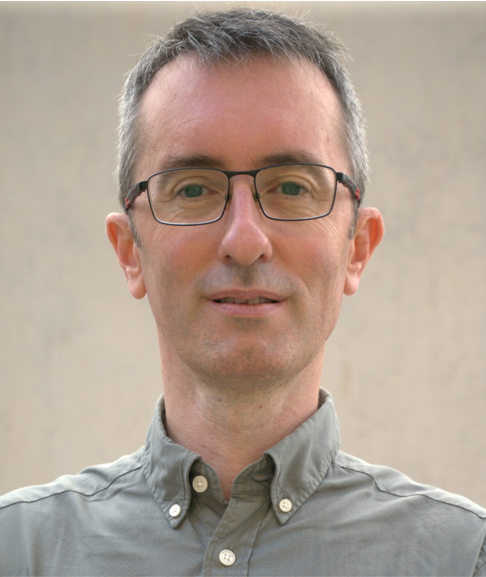 | Prof. José M. Adam THURSDAY - JULY 4TH 2024Professor of Construction Engineering, Universitat Politècnica de València, Spain “Computational models validated with large scale experimental testing for resilient structures”José M. Adam is Professor at the Universitat Politècnica de València – UPV, where he is engaged in teaching in the Civil Engineering School and the Department of Construction Engineering. He is the chair of Building Resilient, an ICITECH research group at UPV. Prof. Adam is a founding partner of the spin-off company Calsens, Editor-in-Chief of Construction and Building Materials, and holder of an ERC Grant for the amount of €2.5 million. Prof. Adam and his team perform research in the fields of structural engineering and construction. His research aims to improve the resilience of buildings and bridges, for which he mainly works in two areas: structural assessment and structural robustness. Prof. Adam´s research has always been associated with ambitious experimental campaigns, including many on full-scale structures. He combines basic and applied research with a high degree of transfer to industry. |
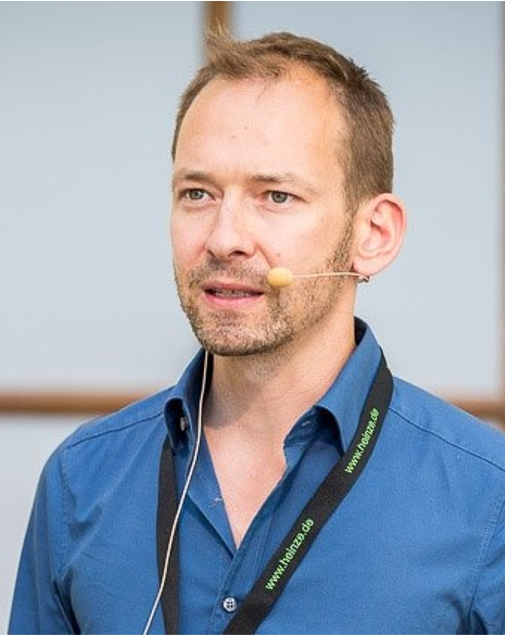 | Prof. André Borrmann WEDNESDAY - JULY 3RD 2024Chair of Computational Modelling and Simulation, Technische Universität München, Germany “AI for the built environment: Rich and manifold applications”André Borrmann studied Civil engineering at the Bauhaus University Weimar. He received his doctorate in the field of Construction informatics from the Technical University of Munich (TUM) in 2007. Since 2011, he has been heading the Chair of Computational Modeling and Simulation at TUM and has been the spokesperson of the Leonhard Obermeyer Center of Digital Methods for the Built Environment since 2013. Prof. Borrmann is the coauthor of more than 250 peer-reviewed publications and has received several international awards for his research work. Prof. Borrmann’s main research fields are on the one hand the fundamental technologies of Building Information Modeling (BIM) covering all its facets from geometry processing over data management to semantic reasoning, and on the other hand, the application of Artificial Intelligence to Built Environment problems, using techniques such image recognition and point cloud processing to create information-rich digital twins of existing assets, as well as predictive modeling, natural language processing and pedestrian flow prediction to assist the design process. |
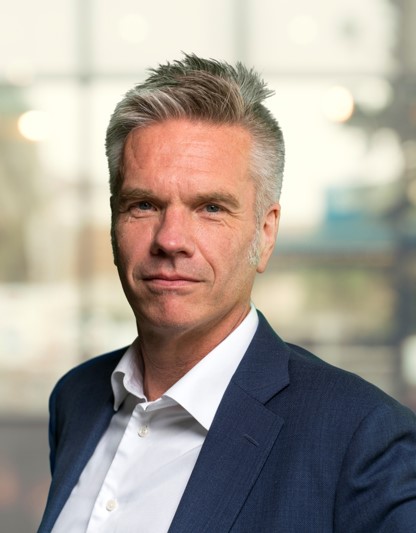 | M.Sc. H.C. (Jeroen) Borst MONDAY - JULY 1ST 2024Cluster Manager Societal Impact for Accessibility and Liveability at Netherlands Organization for Applied Research (TNO) “Digital Twins for Liveable and Resilient Cities”Jeroen Borst M.Sc. is heading the research on “Liveable and Resilient Cities” in the unit Mobility and Built Environment of TNO: Netherlands Organization for Applied Research. With 25 years of experience in the field, his mission is to support public and private sector, using Digital Twins, to manage the transitions in mobility Digitalization, Automation and Electrification to meet societal goals: Accessibility, Liveability, Resilience, Sustainability and Inclusiveness. Jeroen and his team have experience in the application of this technology in cities around the world. Combining knowledge on transportation, environment (air quality, noise), energy, resilience and well-being into simulation models. Definition of indicators to facilitate integral policy support. Application of Geo information and enabling (ICT) technologies to build and apply Digital Twins in an Urban context and enhance the applicability of simulation models for decision makers. Use of (generative) AI to support the next generation of decision support tools. |
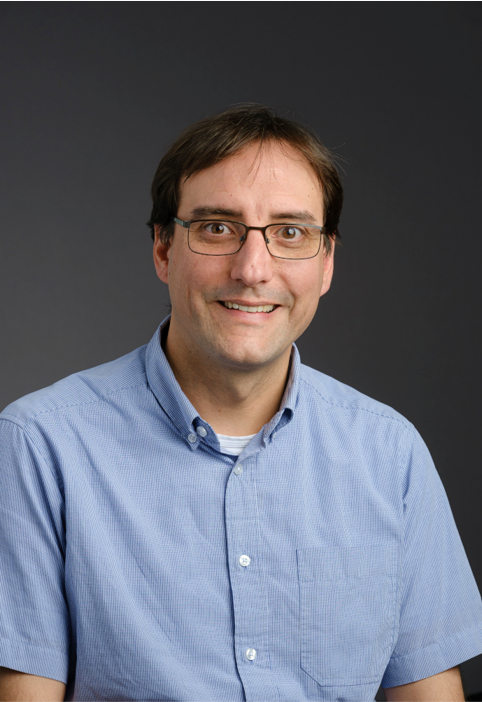 | Dr. Frédéric Bosché, HEA Fellow WEDNESDAY - JULY 3RD 2024Reader in Construction Informatics, The University of Edinburgh, Scotland “3D Reality Capture for Digital Twinning in the Built Environment: Examples in the Infrastructure and Building Sectors”Frédéric is Reader in Construction Informatics and leads the CyberBuild Lab in the School of Engineering at the University of Edinburgh. He has published over 100 peer-reviewed papers, and received international research and innovation awards, including the IAARC Tucker-Hasegawa Award in 2018. He is Associate Editor of Automation in Construction and Past President of the International Association for Automation and Robotics in Construction (IAARC). Frédéric’s research interests are principally related to the development and application of new digital solutions to support project and asset management, with current focus on: (1) Acquisition and Processing of reality capture data to support construction and life cycle management (scan-to-BIM, scan-vs-BIM/DT); (2) XR technology, to support enhance on-site construction works; (3) OpenBIM, Linked Data and ICT for information management, principally in relation to the previous two areas. |
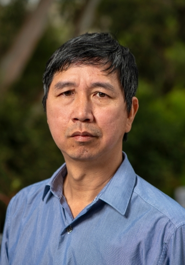 | Dr. Tianzhen Hong TUESDAY - JULY 2ND 2024Senior Scientist, Lawrence Berkeley National Laboratory, USA “Decarbonizing city building stocks: opportunities and challenges”Tianzhen Hong is a Senior Scientist and Deputy of Research for the Building Technology and Urban Systems Division of Lawrence Berkeley National Laboratory. He is an IBPSA Fellow, ASHRAE Fellow, and a Highly Cited Researcher since 2021. He has 30 years of industry and research experience in building simulation, energy efficiency, decarbonization, climate resilience, and occupant behavior. He received two R&D 100 awards, and B.Eng. and Ph.D. in building science from Tsinghua University, China. His research employs interdisciplinary methods to explore technologies, strategies and human behaviors for planning, design and operation of energy efficient, demand flexible, and climate resilient buildings, considering their interactions with urban microclimate. He integrated physics-based urban building energy modeling with AI and machine learning techniques to identify and evaluate mitigation and adaptation strategies for decarbonizing city building stocks while achieving climate sustainability. |
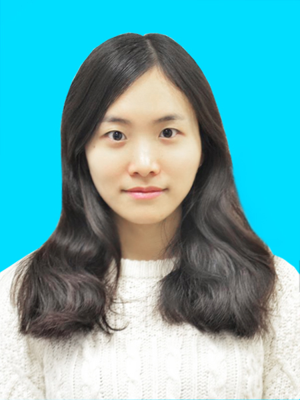 | Prof. Qiuchen Lu THURSDAY - JULY 4TH 2024Associate Professor in Digital Built Asset and Facility Management, University College London, United Kingdom “From BIM to Twin: Developing Digital Twins for Future Built Environment”Dr Qiuchen Lu is an Associate Professor in Digital Built Asset and Facility Management at University College London (UCL). Before joining UCL, Dr.Lu was a research associate based at Institute for Manufacturing (IfM), the Centre for Smart Infrastructure and Construction (CSIC) and Centre of Digital Built Britain (CDBB), at the University of Cambridge. Besides awarding the 2023 digital innovator (runner up), Dr.Lu is also the DSF fellow, IRDR young scientist, and the visiting academic fellow at the University of Cambridge, focusing on digital twin studies for more than 7 years. The built environment is becoming rich sources of data from multidisciplinary models and systems, while digital twins (DT) raise new opportunities to model and manage projects towards a smart, sustainable, and resilient future. However, there have been two essential problems waiting to be solved for DT: (1) How to construct and update DT for the built environment more accurately and conveniently? and (2) How to unlock the full value of DT? This presentation will answer these two questions by presenting recent and ongoing research. The values of DT will be revealed by current best practices in ‘Smart Living Environment,’ ‘Sustainable Transportation’, and ‘Resilient City’. |
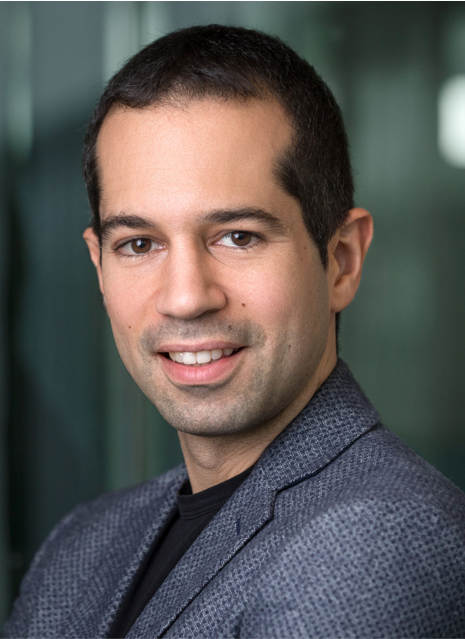 | Prof. Davide Scaramuzza FRIDAY - JULY 5TH 2024Director of the Robotics and Perception Group, University of Zurich, Switzerland “Autonomous Vision-based Drone: from Images to Event Cameras”Davide Scaramuzza is a Professor of robotics at the University of Zurich, where he works on autonomous navigation of microdrones. He pioneered vision-based navigation of drones, which inspired the NASA Mars helicopter. In 2022, his team demonstrated that an AI-controlled, vision-based drone could outperform the world champions of drone racing, a result that was published in Nature. He co-founded Zurich-Eye, today Meta Zurich, which developed the world-leading virtual-reality headset, Oculus Quest. He was featured in The New York Times, The Economist, and Forbes. His research focuses on autonomous, agile microdrone navigation using standard and event-based cameras. He pioneered autonomous, vision-based navigation of drones, which inspired the navigation algorithm of the NASA Mars helicopter and many drone companies. He made major contributions to visual-inertial state estimation, vision-based agile navigation of microdrones, and low-latency, robust perception with event cameras, which were transferred to many products, from drones to automobiles, cameras, AR/VR headsets, and mobile devices. |
Loading content ...
Loading content ...
Loading content ...
